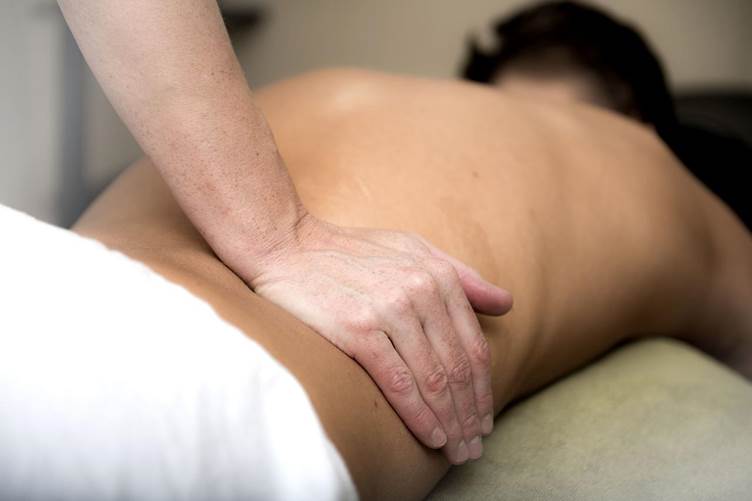Lower back pain is a common ailment that can significantly affect our daily lives. Whether it’s from sitting at a desk all day, playing sports, or even just sleeping in an awkward position, lower back pain can be debilitating and frustrating.
However, did you know that there are many causes of lower back trigger points? These are areas of tight muscle fibers that can cause pain and discomfort. With proper identification and management, you can find relief and improve your overall comfort and flexibility.
What are Trigger Points?
Trigger points, or myofascial trigger points, are hyperirritable spots in a muscle. They often feel like a knot or nodule and can be pressure-sensitive. These points can develop in any muscle, but they are commonly found in the lower back muscles.
Various factors, such as overuse, poor posture, injuries, or stress, can cause trigger points. When these points become active, they can refer pain to other areas of the body, making it difficult to pinpoint the source of the discomfort. This is why it’s essential to understand how to identify and manage lower back trigger points.
Identifying Trigger Points in the Lower Back
One of the most effective ways to identify trigger points in the lower back is through self-massage. Begin by lying on your back with a tennis ball or foam roller under your lower back. When you find a trigger point, apply gentle pressure and hold for 30 seconds to help release the tension.
You can also use your fingers to locate lower back trigger points. When prompted, these points may also cause referred pain, so note any discomfort in other areas of your back or even your hips and legs.
Managing Trigger Points
Once you have identified trigger points in your lower back, managing back pain to reduce pain and improve flexibility properly is essential. Here are some practical tips and techniques to help you.
Stretching
Stretching is a great way to relieve muscle tension and release trigger points. Some effective stretches for the lower back include knee-to-chest, spinal twists, and cat-cow pose.
Foam Rolling
Using a foam roller on your lower back can help break up trigger points and improve circulation in the area. Roll slowly over tight or tender spots, pausing to apply pressure on trigger points for a few seconds.
Call Help From Chiropractor
If self-management techniques do not provide enough relief, it may be time to seek help from a chiropractor. This trusted chiropractor can help identify and target specific trigger points in your lower back and provide more advanced treatments, such as spinal adjustments.
Heat and Ice Therapy
Applying heat or ice can also be beneficial in managing trigger points in the lower back. Heat helps relax muscles, while ice reduces inflammation and pain.
Regular Exercise
Staying active and incorporating regular exercise into your routine is crucial trigger point therapy. Low-impact activities like yoga, swimming, and walking can help strengthen your lower back muscles and prevent the development of new trigger points.
Locating Lower Back Trigger Points
Managing lower back trigger points takes time and patience, but the benefits are worth it. By incorporating these tips and techniques into your routine, you can find relief from pain and improve your overall comfort and flexibility.
Remember to always listen to your body and seek professional help if needed. Stay active, stretch regularly, and care for your lower back to keep trigger points at bay.
Did you find this article helpful? Visit more of our blogs!










